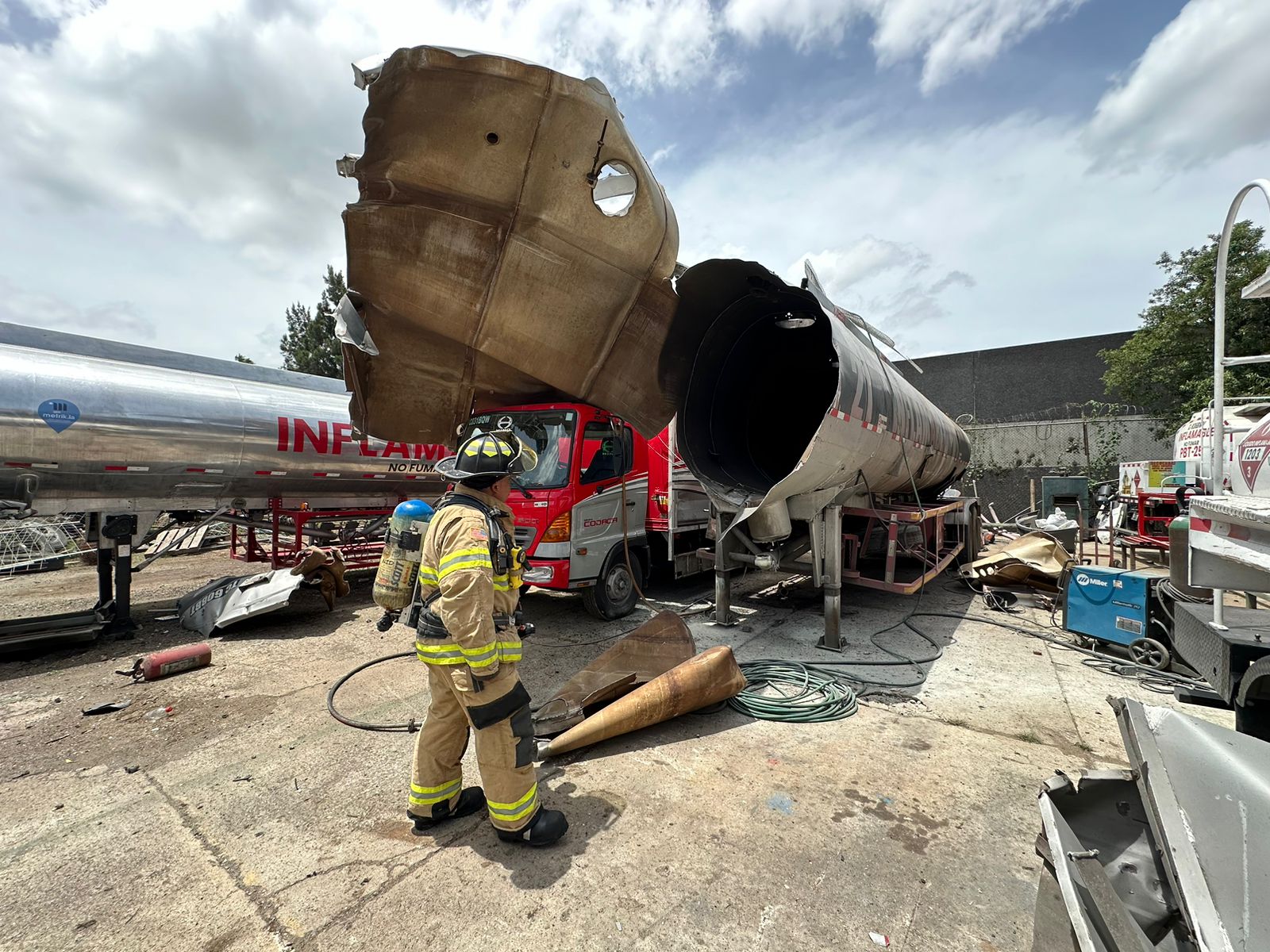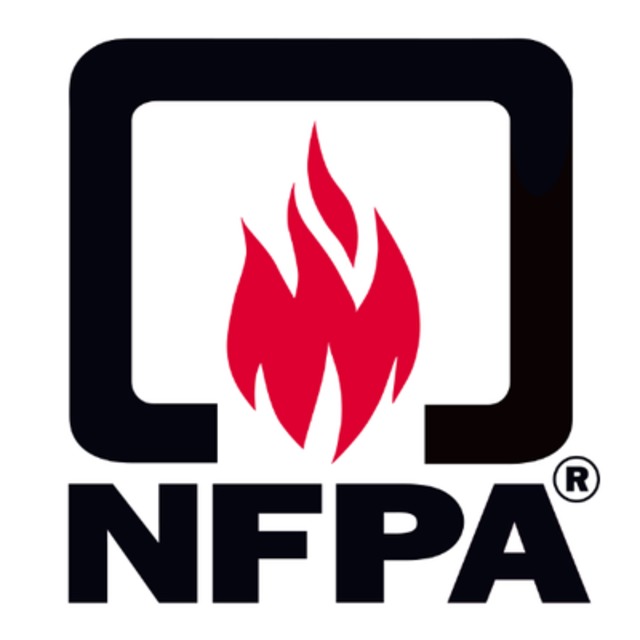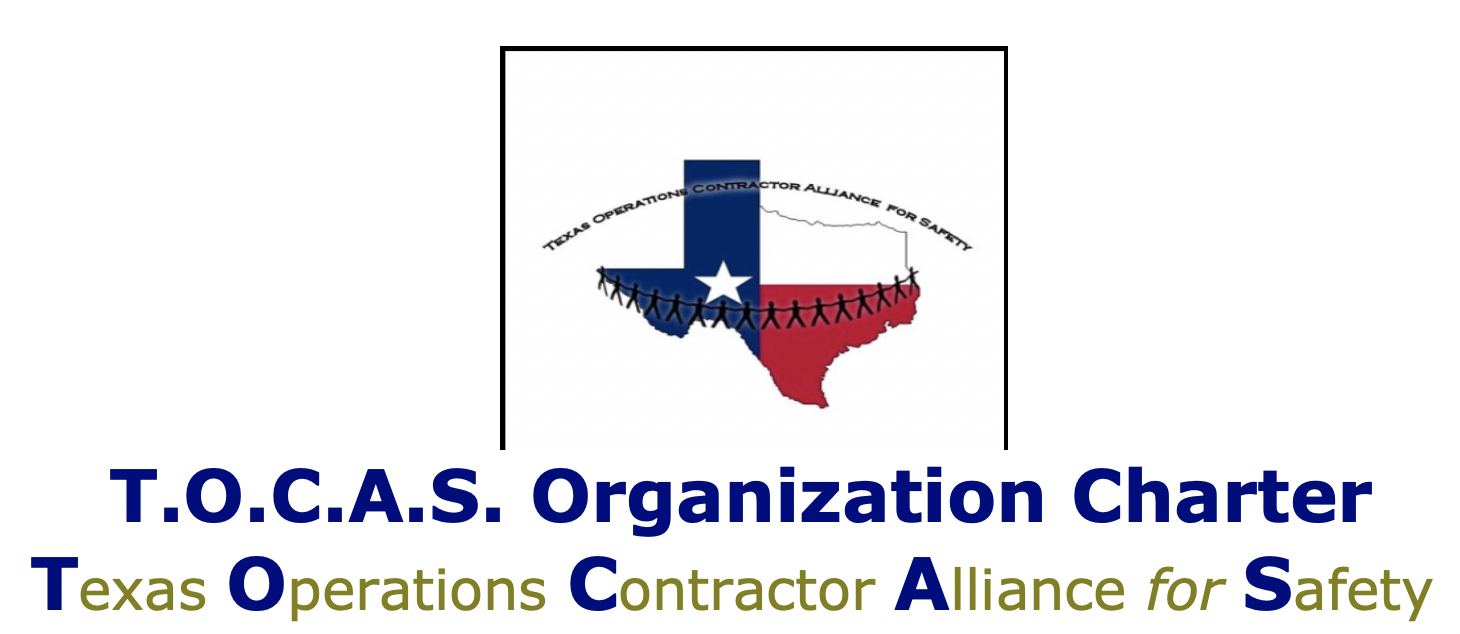Culture can be best understood as... "the way we do things around here"
The HSE Advisory Committee's definition of safety culture is: Membership Content
Nine well crafted directives for Leadership to OWN safety
Leadership should demonstrate a commitment to safety within their organization by setting a clear tone from the top, promoting the vision for safety, and by: [My] Safety Thought of the Week... Lagging Indicators and Confirmation Bias
Why do "lagging indicators" remain such a popular means of gauging/measuring the success of the safety effort? We should measure the results and that these lagging indicators can/do play a role in measuring our success in all functions within a business. However, as I would like to point out to C-Suite executives, the company does not simply count "bounced checks" to measure its financial health. An extensive financial management system with dozens of "leading indicators" and audits to verify that data ensures the business does not "bounce checks." Although the business's financial health is critical to the company's and its employees' success, I have yet to hear a business state that "our financial health is our top priority." Yet many organizations emphasize their injury rates to validate their safety efforts, often with little to no effort to verify whether those rates are accurate or legitimate or how they were achieved. This leads me to mention "confirmation bias" when the reliance on lagging indicators is the single measure of success within safety. All of us struggle with "confirmation bias." The human way of thinking and justifying our decisions leads to our actions (or lack of actions, as is the case in industrial safety). What is "confirmation bias?" (Source: Britannica) Confirmation bias is the tendency to process information by looking for or interpreting information that is consistent with their existing beliefs. This biased approach to decision-making is largely unintentional, and it results in a person ignoring information that is inconsistent with their beliefs. These beliefs can include a person’s expectations in a given situation and their predictions about a particular outcome. People are especially likely to process information to support their own beliefs when an issue is highly important or self-relevant. New Hazard - Static Discharge from Isolation Tag (CCPS)
I was raised in process safety, with a focus on flammables, and I was taught that one thing you just don't allow into your flammable process is plastics! But even I was unaware of how much plastic I had always overlooked, which was right under my nose, such as my LOTO tags. New Hazard - Static Discharge from Isolation Tag CCPS was recently (January 2023) made aware of a newly identified hazard regarding the ability of plastic or coated isolation tags to hold a sufficient static charge to act as an ignition source for flammable gases—even if the tags have an antistatic coating. These tags are readily available in the marketplace and are typically used with LOTO label printers. The tags were evaluated for surface resistivity and charge transfer following IEC test methods. They were found to pose an ignition hazard for Zones 0, 1, 2, and Gas Groups IIA, 118, and Zone IIC. The tag size was reduced to an area of 11 in2 (71 cm2) and was still found to be an ignition hazard in all of Zone O and Gas Group IIC for Zones 1 and 2. CCPS recommends that operating companies ensure that isolation tags used in hazardous areas are incapable of holding and discharging an electrostatic charge that would enable them to serve as an ignition source. Stored energy can be LETHAL
On November 3, 2020, at 1:15 p.m., Employee #1, 55, employed by an HVAC company, was working at a customer's commercial facility. He was removing a coupler and blind from the intake header of an air dryer. The employee did not first relieve the air pressure from the header. When he loosened the coupler bolts, the coupler and blind were propelled off the header by the pressure release. The flying parts struck employee #1. Employee #1 sustained blunt force traumatic injuries and was killed. Pressure Test Gone Bad (HVAC unit)
On November 1, 2022, at 12:45 p.m., an employee, 30, was installing heating, ventilation, and air conditioning (HVAC) equipment at a residential building. When the employee was pressure testing a pipe fitting, an object flew off the HVAC unit and struck the employee in the face and head. The employee was killed by blunt force trauma. When "water" is a Hazardous Form of Energy needing LOTO
On February 6, 2024, at 10:00 p.m., an employee, 26, was repairing leaking water on pump equipment without lockout/tagout. While the engine was on, the employee began to unscrew a high-pressure valve nipple. The pressure was not released from the valve, causing it to blow off and strike the employee in the head and chest. NH3 Fatality - Working on DOT Container
On April 6, 2024, at 9:30 a.m., a 72-year-old employee of a farm supply wholesaler was working on an anhydrous ammonia tank trailer on the south side of the shop. The employee was located near the tank's valves and hose. While working on the tank, anhydrous ammonia was released. The employee died from asphyxiation from inhalation of the ammonia. Is LOTO a fair barometer to measure management commitment to worker safety?
Way back in 2006, when Dennis retired after a nearly 40-year career with OSHA and came to work with me at SAFTENG, we always traveled together, and he TAUGHT me more about "safety management" during those trips than I had learned in the preceding 13 years in industrial safety. One of the items we discussed was, Is using a facility's ability to comply with LOTO (1910.147) a fair measurement of management's commitment to worker safety? Over the years, it has been my mental metric for sure. As I have stated hundreds of times in previous articles, LOTO has been around since the late 1980s, and many of the businesses we visit have been in business longer than the LOTO standard has been in place. And 100% of these businesses require LOTO programs. So is it too much to ask that over a 40+ year span, a program that WITHOUT a doubt should be deployed daily to manage the risks associated with Serious Injury and Fatality (SIF) be darn near 100%? I mean, no safety program and implementation/management of the program is perfect, but in this year, 2024, is the LOTO program a fair assessment of management commitment to worker safety? Earlier this year, we were referred to another "one and done" customer (not a client by any stretch of the imagination) after they had issues with OSHA compliance. As usual, we were bombarded by all the safety messages upon our arrival. Granted, at this stage of our careers, we look at each other and smile, knowing why we were brought here, and that does NOT match all the virtue signaling. After all the explanations for their failures leading to all their current safety/OSHA issues, we begin our "assessment" (legal did not want us to call it an audit - another indicator?). We walk down a hallway from the conference room and pass through a doorway into the factory. As we donned our hearing protection, the facility personnel had to return for more HP as the dispenser was empty. As we waited for their return, we noticed that none of the workers were using HP; some were working under signs declaring HP was required for the area. But I digress! While waiting on their return, we notice a worker leaning half their body into a machine. They had opened a door about 4' tall and 2' wide and were about 1/2 into the machine. We could see the lights were functioning, and parts of the machine parts were still in motion. Upon their return, they wanted to start the "tour" over there, and we insisted we go to this machine. The safety person (not a trained safety professional) was as clueless as the ops and maintenance managers as to why we wanted to go to this machine, AND THEY WERE SEEING EXACTLY what we were seeing. Fatal Welding Accident - Tanker
No welding, cutting, or other hot work shall be performed on used drums, barrels, tanks or other containers until they have been cleaned so thoroughly as to make absolutely certain that there are no flammable materials present or any substances such as greases, tars, acids, or other materials which when subjected to heat, might produce flammable or toxic vapors. Any pipelines or connections to the drum or vessel shall be disconnected or blanked.
This was a fatal accident in Brazil. Workers were making repairs to this Tanker Truck by welding on it. It had residual vapor, and the HW ignited the vapors, killing one worker and seriously injuring another.
Mechanical Exhaust Ventilation - EMERGENCY SHUTDOWN Switch
A lot of folks recognize the need for mechanical exhaust ventilation in areas where there is a flammable and toxic exposure hazard. The general rule of thumb for this mechanical exhaust ventilation is 1 CFM per square foot of floor space with at least six air changes per hour. But there are two (2) other requirements that come into play that many systems do not have:
In this article, I want to explain why the codes/standards require these mechanical exhaust systems to have an EMERGENCY SHUTDOWN SWITCH. But first, let's review the code language: (emphasis by me) |
Partner Organizations I am proud to announce that The Chlorine Institute and SAFTENG have extended our"Partners in Safety" agreement for another year (2025) CI Members, send me an e-mail to request your FREE SAFTENG membership
Member Associations
|
 1910.252(a)(3)(i)
1910.252(a)(3)(i) 












